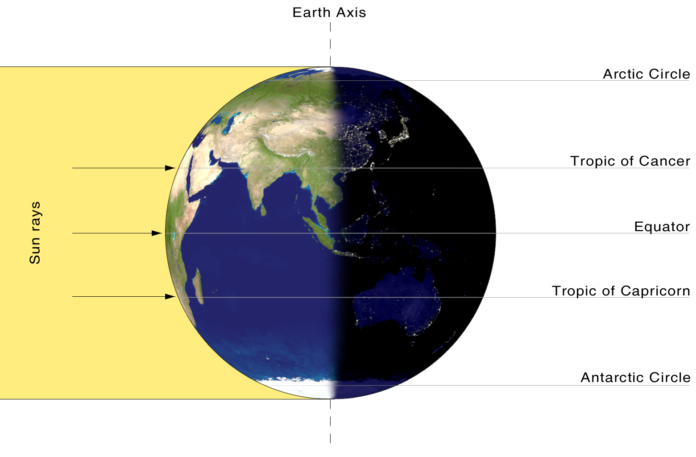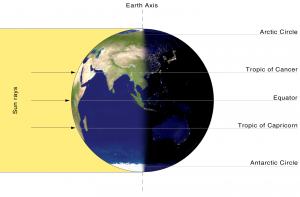
BY HANNES THUM

What a winter this has been. Or, rather, a February. As we all have heard by now, the amount of snowfall we received last month in the Wood River Valley broke records. And, even though March began with plenty of sunny days, the evidence of those storms still sits in the tall banks alongside the roads, piles of snow around our driveways where we shoveled frantically each day to get to work, and on the white south-facing slopes up and down the Valley.
On the campus where I work, the students excavated an elaborate series of tunnels and caves in the snow in our quad, through which many of them still travel to get from building to building.
I find myself wondering about those enormous snow piles that the city plow crews (and how about a cheer for those folks!) have put up south of Ketchum near River Run and west of Hailey across the river. How long will those glaciers (not technically glaciers, sure, but close enough for our region) last?
In a small town in Alaska called Nenana, there is an annual betting pool on when the ice that freezes over the river near town will break up—a tripod is erected on the ice in the spring and people put money on when they guess the ice under the tripod will finally move as the river thaws. Maybe we should do something like that here with the snow piles.
Today, March 20, at 3:58 p.m., is the vernal equinox. It is one of two moments in the year when the alignment of the Earth and Sun is such that the Sun passes directly over the equator, and everywhere on Earth experiences a day and night of equal length (the other moment is in the fall with the arrival of the autumnal equinox in September).
The word equinox has Latin roots: “equal night.” Though there are some weird geometrical reasons why a given point on the planet might not have exactly 12 hours of daylight and 12 hours of nighttime on this day, the point remains: from this day on, our days are longer than our nights.
The equinox is, for many people, the first official day of spring. And, for us here in the snowbound Wood River Valley (and the entire Northern Hemisphere), it means that the sun will become a rapidly increasing presence in our lives.
“Insolation” is a measurement of how much sunlight is hitting a part of the Earth. Also called “irradiance,” it is generally measured in units of watts per square meter: literally, how much power is reaching a square-meter patch of the ground, of water, of a solar panel, of whatever.
That insolation will power the plants that will soon be sprouting. It will power the warmer temperatures that are on the way. It will, eventually but surely, even power the melting of the piles of snow around town. Happy spring.
Hannes Thum is a Wood River Valley native and has spent most of his life exploring what our local ecosystems have to offer. He currently teaches science at Sun Valley Community School
